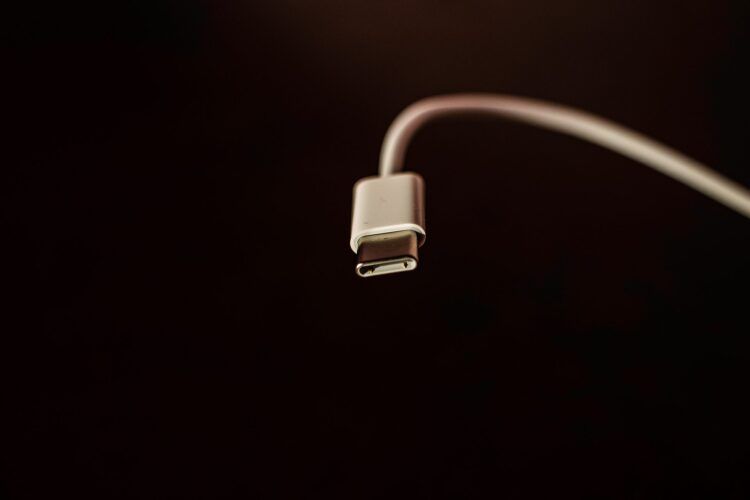Few things generate as much buzz as an upcoming iPhone. The anticipation, the speculation, and the sheer excitement that surrounds each new iteration of Apple’s iconic device are always unparalleled and this year is no exception. The iPhone 15 is on the horizon, and while the device itself promises innovation and sophistication, it’s the change in one crucial aspect that has sent shockwaves through the tech community: the adoption of the USB-C charging port.
This seemingly simple transition is poised to be a game-changer, not just for Apple enthusiasts but also for a surprising cohort – Android users. In this article, we delve into the survey results and the implications of Apple’s switch to USB-C. This move could potentially reshape the smartphone landscape and win over a legion of Android devotees, according to SellCell’s survey.
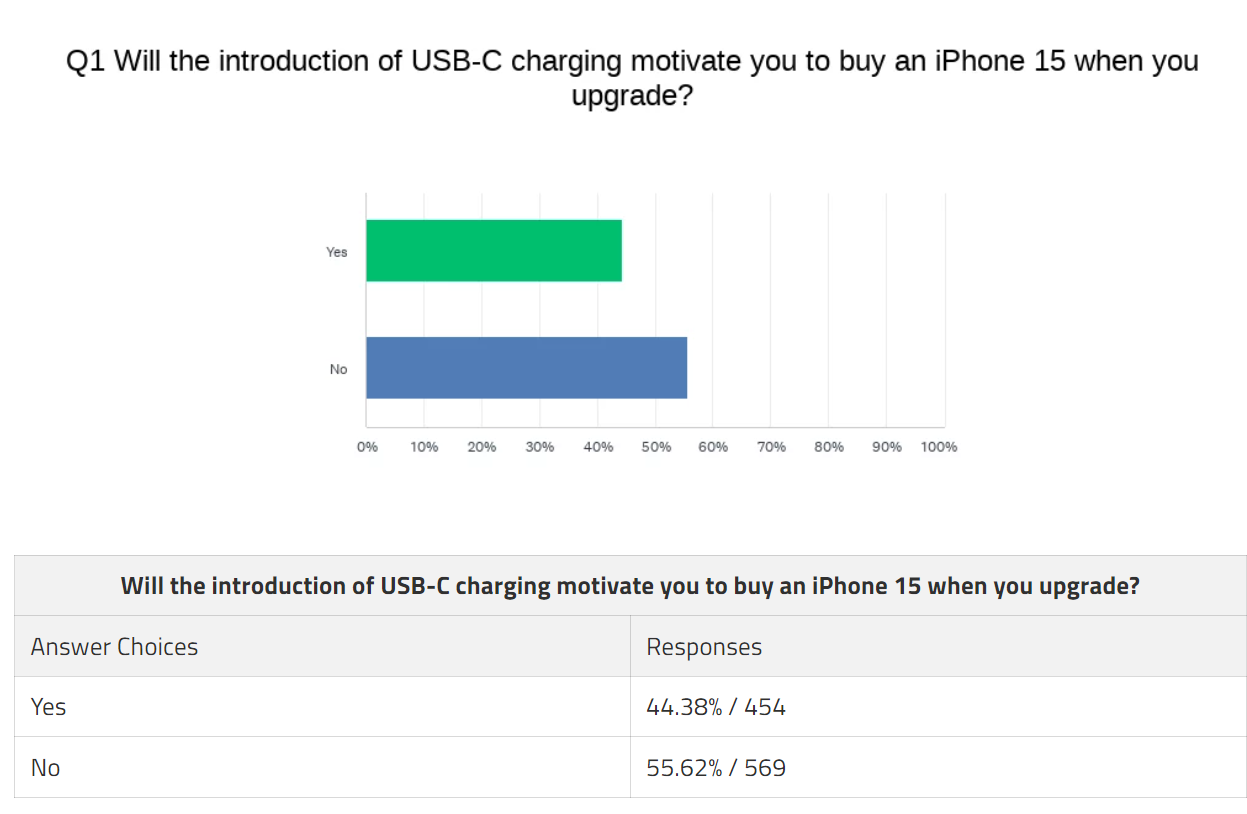
Remarkably, with the advent of USB-C charging, 44% of current Android owners would be tempted to purchase an iPhone 15 and make the switch to Apple.
The USB-C transition
Apple’s decision to shift from its proprietary Lightning port to the universally accepted USB-C standard has been a long time coming. Apple has relied on the Lightning port for over a decade. However, the winds of change are blowing, driven by the need to comply with new regulations in Europe that call for a universal charging standard for all consumer mobile and laptop devices. Moreover, SellCell’s survey, conducted among over 1,000 iPhone users and 1,000 Android users in the United States, yielded some intriguing insights.
Among existing iPhone users surveyed, a staggering 63% expressed that Apple’s move to a USB-C charging port would significantly influence their decision to upgrade to the iPhone 15.
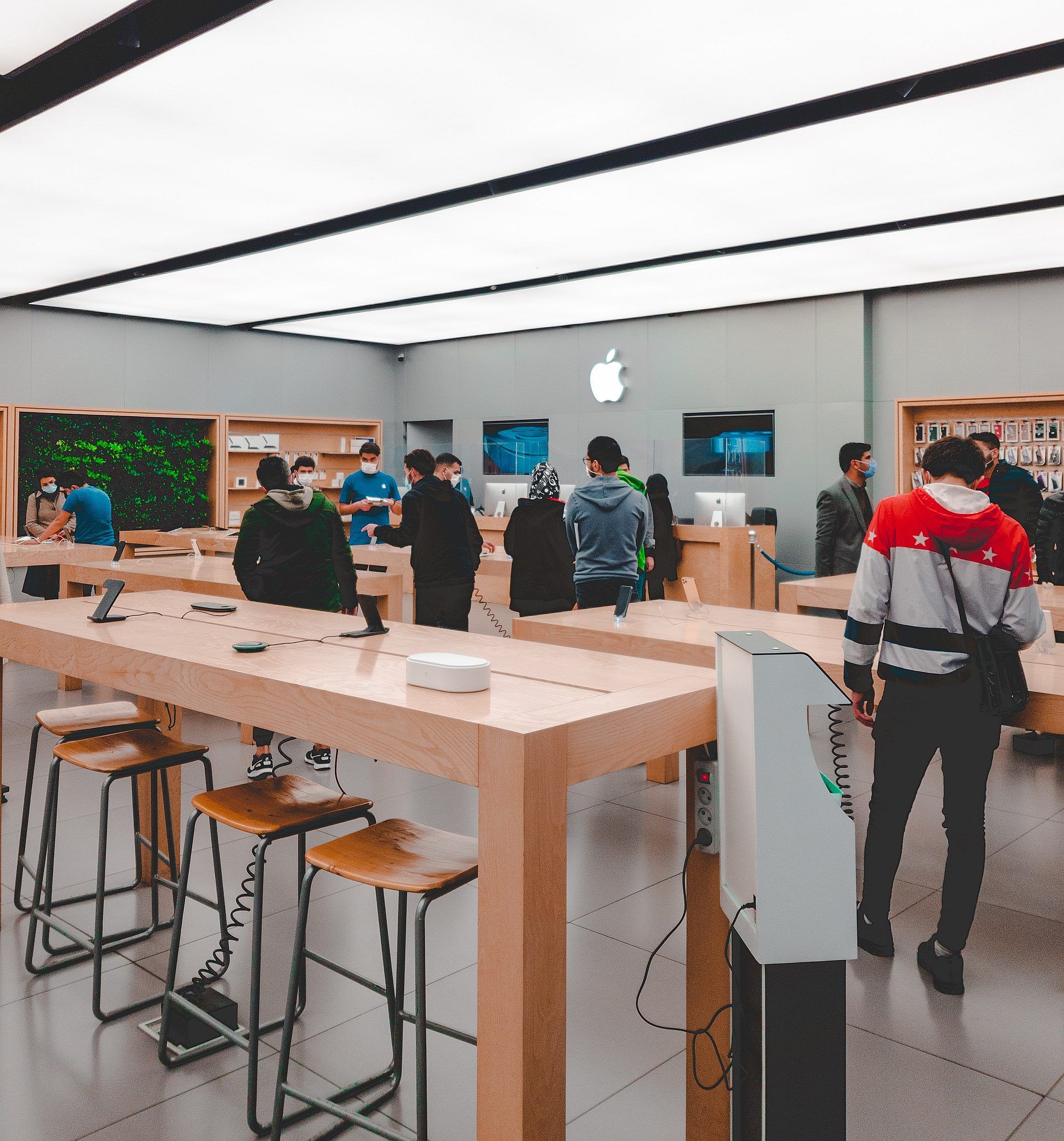
One of the primary reasons cited by iPhone users for their eagerness to make the switch is the convenience of using a single charging cable for iPhones, Macs, and iPads. A substantial 37% of iPhone users noted this as a key motivator for their decision to upgrade. In sum, a whopping 66% of iPhone users indicated their intention to upgrade to the iPhone 15.
Perhaps the most surprising revelation from the survey was the response from Android users. A surprising 44% of existing Android owners surveyed expressed a strong interest in purchasing an iPhone 15 if Apple adopts the USB-C port. Among this group, 35% highlighted that their motivation stems from the iPhone becoming compatible with chargers for non-Apple devices.
In the Android user cohort, 66% indicated they would not make the switch. Still, a significant 34% acknowledged that they were considering upgrading to the iPhone 15, driven by the prospect of USB-C compatibility.
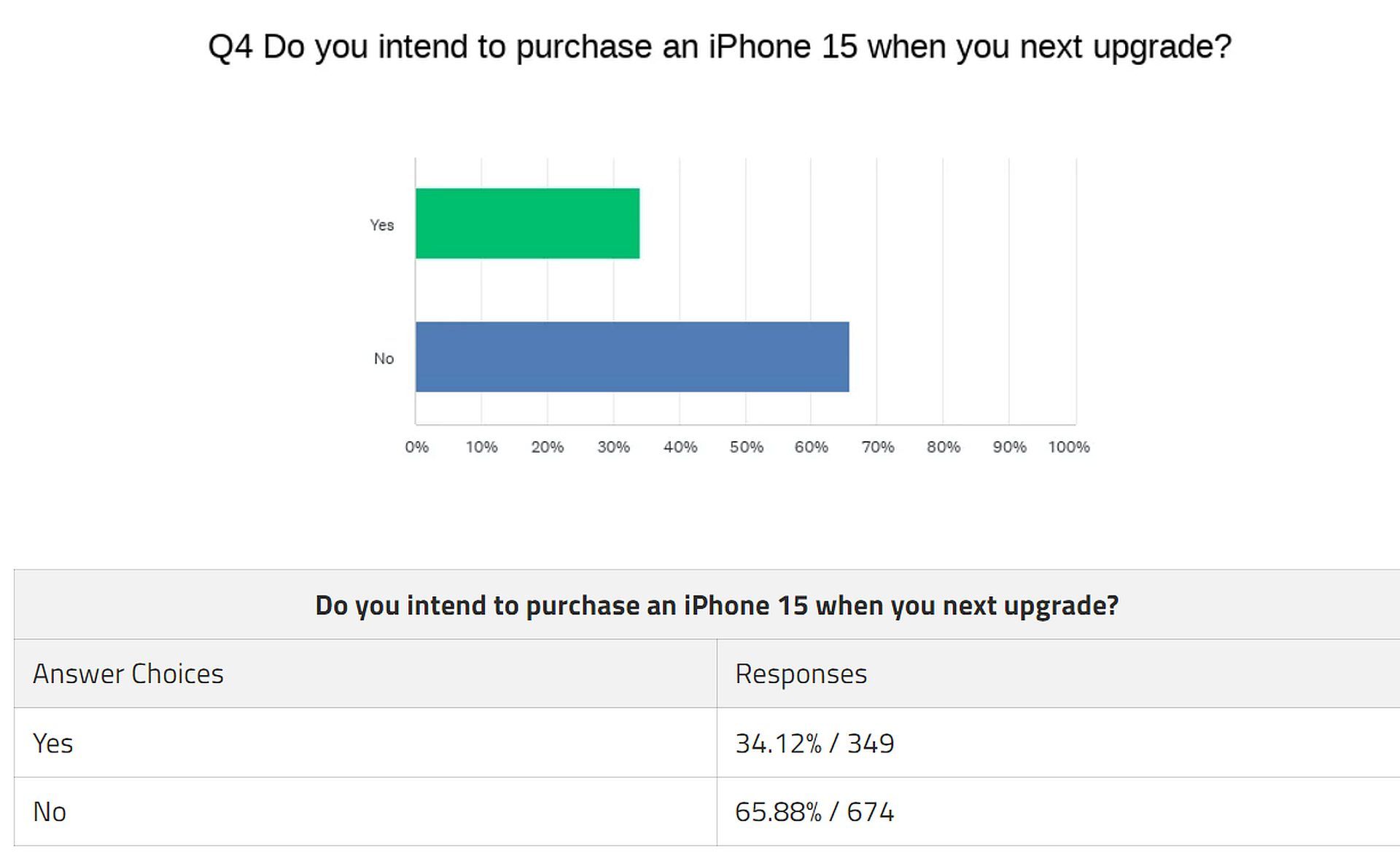
A game-changer for Apple
Apple’s decision to embrace USB-C is not just a technological transition; it’s a strategic move that could potentially reshape the smartphone market. By aligning with the widely accepted charging standard, Apple is likely to gain favor with users who were previously hesitant to make the switch from Android to iOS.
The convenience of compatibility with non-Apple devices is also expected to attract a considerable number of Android loyalists.
Conclusion
As we eagerly await the release of the iPhone 15, the prospect of Apple’s transition to USB-C has sent ripples of excitement throughout the tech world. This strategic shift not only brings Apple in line with international standards but also opens doors for Android users who may have been on the fence about switching to an iPhone.
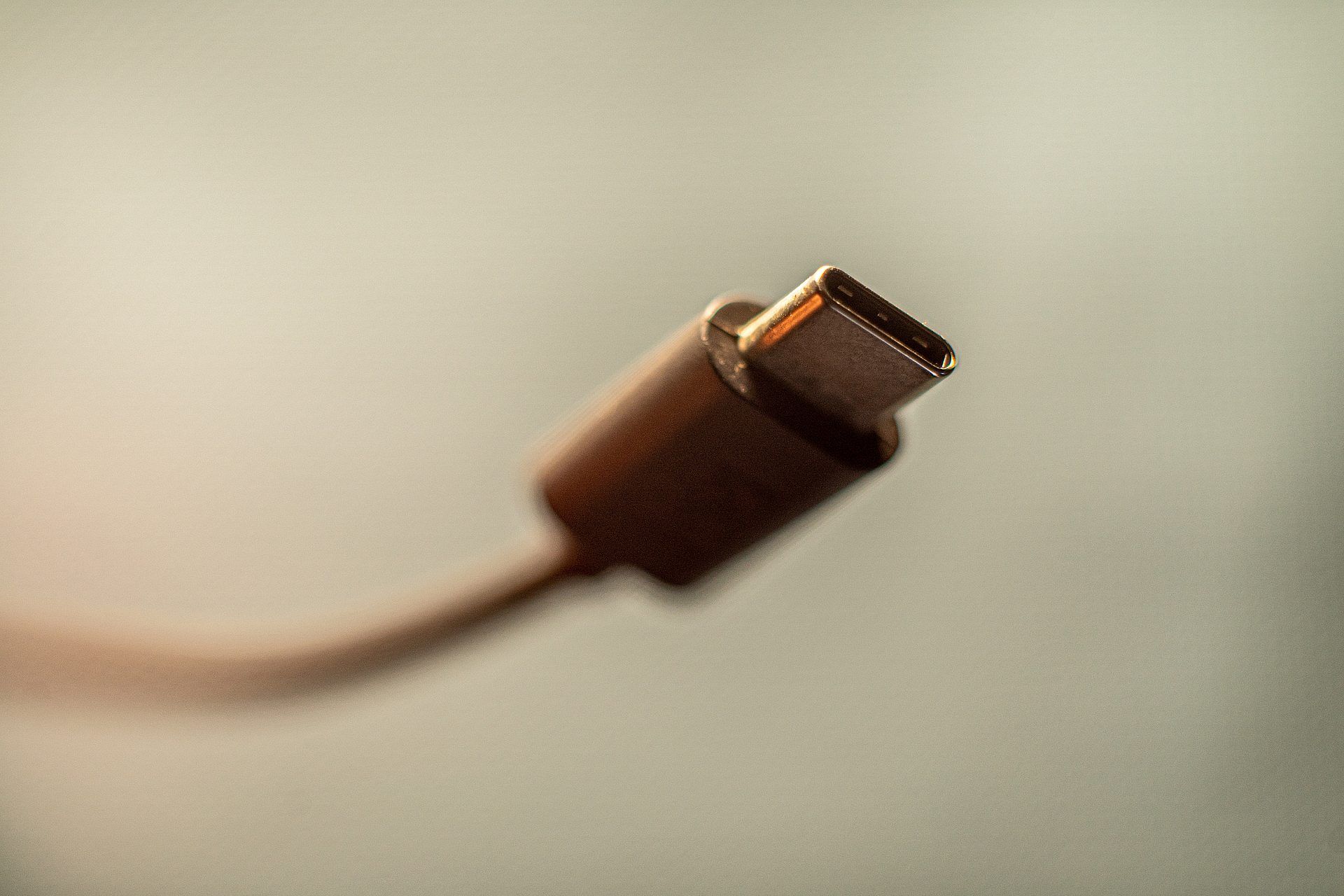
The survey conducted by SellCell highlights that a USB-C iPhone could be a game-changer, potentially influencing a significant number of users to make the leap to the iPhone 15. Only time will tell how this transition will reshape the smartphone landscape, but one thing is certain: the winds of change are blowing, and Apple is setting sail in a new direction.

